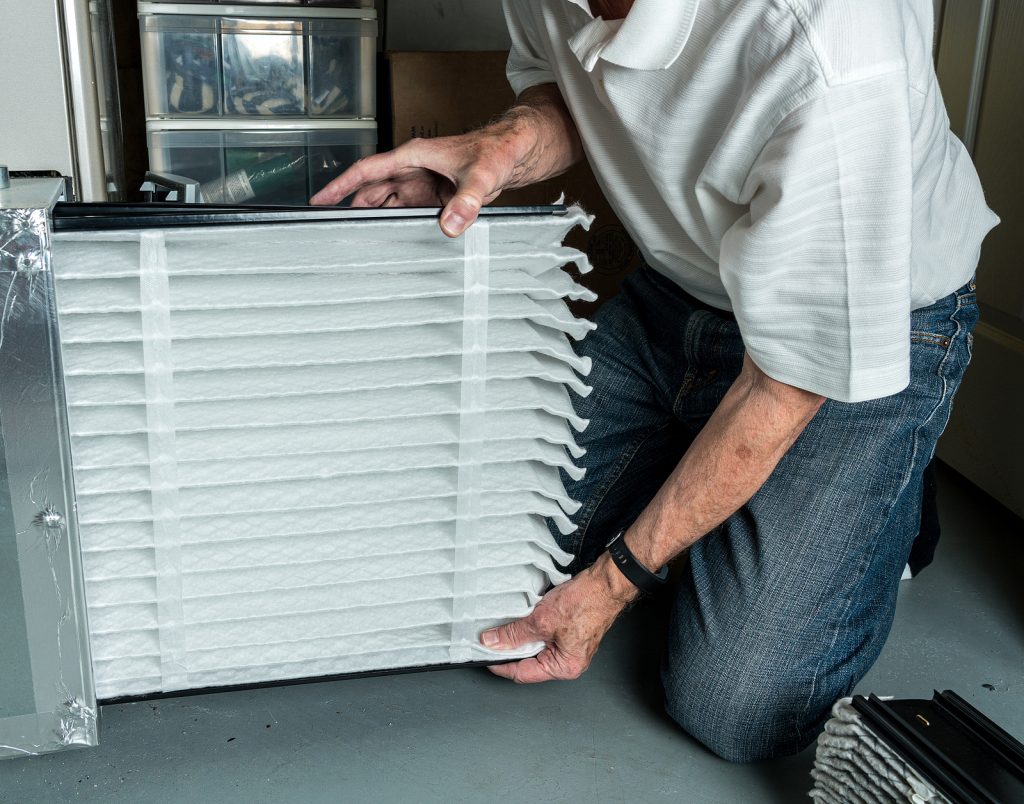7 Factors That Impact the Cost of a New Furnace
If only we had a nickel for every time a customer asked us, “How much does a new furnace cost?” It’s a reasonable question, and as much as we’d like to give a simple, straightforward answer, the truth is that it depends.

The cost of installing a new furnace in your home can vary based on several factors, including fuel source, size/capacity, energy-efficacy rating, installation considerations, advanced features, brand, and the time of year.
Let’s look at each one in more detail.
Factors that determine the price of a new furnace
1. Fuel source
The fuel source is usually the first decision made on a new furnace. The majority of homeowners stick with the same type, whether natural gas, electric, or oil. In general, electric furnaces are slightly less expensive than natural gas furnaces – but the operating costs can make gas cheaper in the long run. However, you should expect to pay more if you switch from one fuel source to another.
2. Size
In the world of furnaces, size and capacity go hand in hand. It’s very important to have the correct size of furnace for your home. For various reasons, you don’t want your new unit to be too large or small. Size is roughly correlated to the home’s square footage (although there’s a more in-depth calculation that HVAC professionals use). As you go up to larger (higher capacity) furnaces, you’ll notice the price gradually increases.
3. Energy efficiency
If it’s been 15-20 years since you’ve bought your last furnace, you’ll be pleasantly surprised at how much more energy-efficiency today’s units are. Energy-efficiency is often measured in AFUE (short for fuel utilization efficiency rating). A furnace with 90% AFUE is good, but a model with 97% AFUE is even better – but will probably cost more. Just remember that investing in a higher-efficiency furnace today will save you money on your energy bills for years to come.
4. Installation
The labor of installing the equipment is a major contributor to the overall cost of your new furnace. If there are any challenges that will complicate the installation, such as upgrading electrical or running new ductwork, that will make the job more expensive.
5. Advanced features
Modern furnaces can come with bells and whistles that aren’t necessary but add to your comfort and convenience. A few advanced features that come with higher-end furnaces include variable-speed motors, air pressure switches, electronic air filters, and more.
6. Brand
Like most things in life, more reputable brands are going to cost a premium. When it comes to a furnace, this investment is usually worth it for enhanced performance, reliability, and warranty. If you go out of your way to find a super-cheap furnace, you will probably get what you pay for.
7. Time of year
Spring and early summer are considered the best time to buy a new furnace. Since it’s the off-season for heating systems, manufacturers and HVAC companies routinely offer special deals and financing options. Contact Robert B. Payne, Inc. for information on our current deals.
Furnace installation Fredericksburg, Stafford, and King George Counties
We hope this article gives you a better idea of the factors that impact a new furnace’s cost. The next step is to schedule an estimate to discuss your home’s needs and budget, and then we can recommend the ideal furnace and provide a free estimate. To schedule an appointment with one of our licensed HVAC technicians, send us a message or call 540-373-5876 to schedule an appointment.

